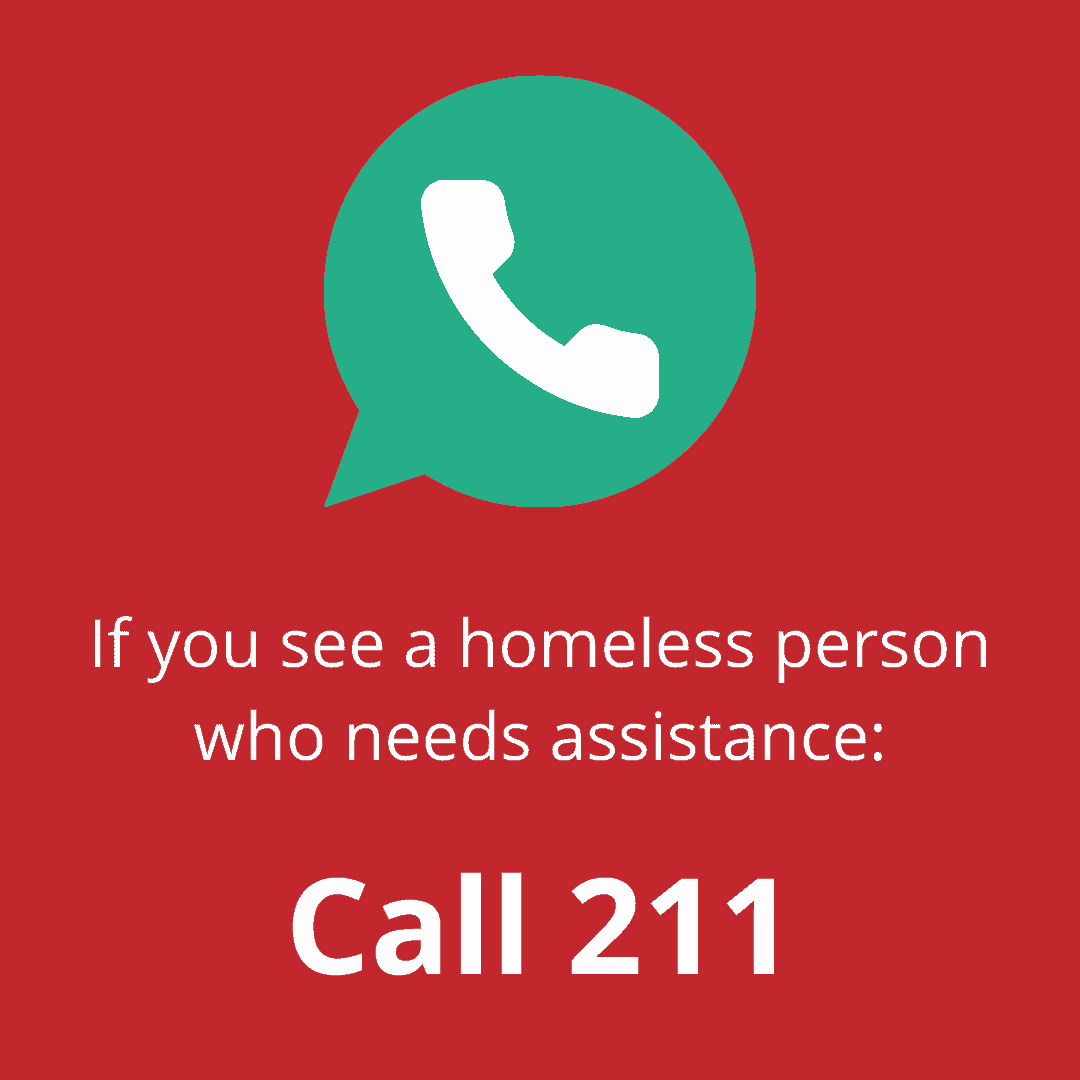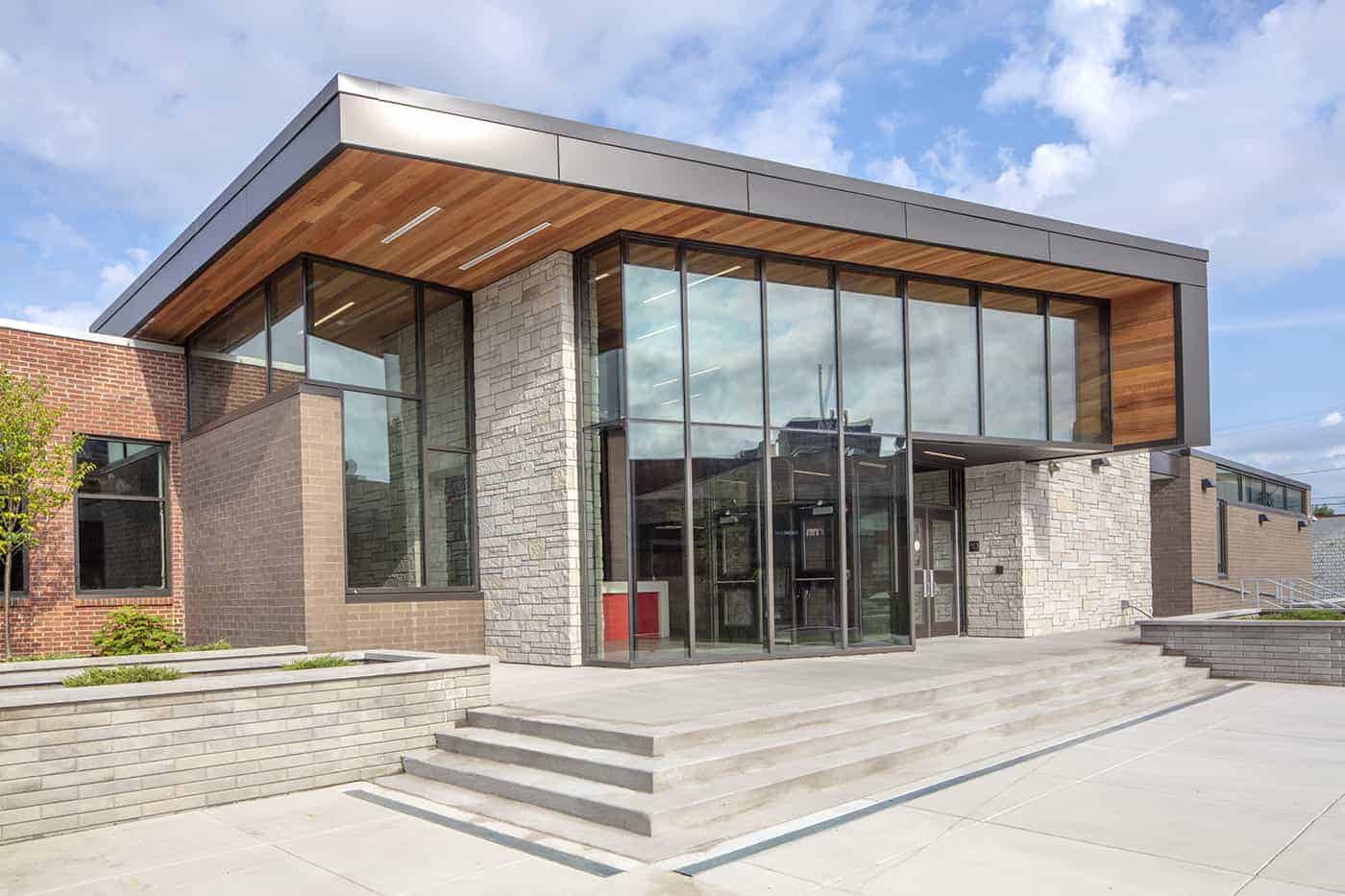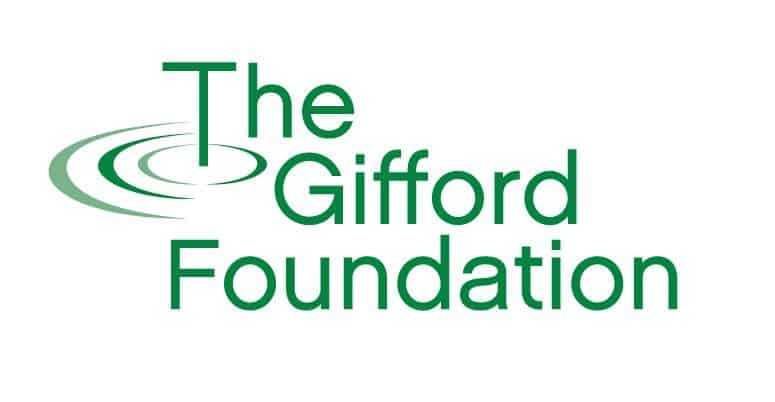Clean, Affordable, and Scarce: Rescue Mission Grapples with Lack of Affordable Housing
The Rescue Mission is a lifeline for many of CNY’s most vulnerable residents – offering shelter, food, job training, and more. But as the end of the eviction moratorium looms, concerns about the lack of accessible and affordable housing are growing.
Published May 11th, 2021
COVID restrictions are lifting, vaccination rates are high, and the summer is on the way. For many in Central New York, there is a sense of optimism and excitement as businesses reopen and the weather improves. For staff at the Syracuse Rescue mission, however, the mood is different. Over the past year they have fought their way through unimaginable challenges: the pandemic took away their volunteer base leading to staff having to work 24-hour days in some cases. Nearly all of their systems and operations had to be reimagined to accommodate social distancing. Now that the darkest days of the pandemic appear to be in the past, Rescue Mission staff are bracing for another challenge: providing dignified and supportive housing access to their participants.

The Rescue Mission’s volunteer base traditionally makes up a critical part of their workforce, but these numbers have declined sharply due to the coronavirus pandemic.
“For us, we are waiting for the other shoe to drop,” says Chief Program Officer Amber Vander Ploeg. “We’re prepared, but we don’t know when it’s going to happen.” Contrary to what many might expect, the Rescue Mission currently has open beds in their shelter. Normally they would be running at capacity but the eviction moratorium coupled with other pandemic relief efforts has lessened the demand. The PIT (Point In Time) count by the Housing and Homeless Coalition of CNY measures the size of the number of people and families that are either unsheltered or temporarily sheltered in emergency or transitional accommodations. The 2020 data showed 618 individuals across 517 households, but Vander Ploeg cautions that these numbers are likely to be artificially low. “Shelters have beds open right now across our community, but we believe that’s going to change once evictions start, so we’re preparing for that knowing that it’s probably going to come this year.”
Preparing for the likely influx of people experiencing homelessness means hiring more staff and also creating contingency plans for the potential dangers that the Rescue Mission will face when shelter numbers rise during a pandemic: “Knowing that a lot of our population may not be vaccinated, we are preparing for the possibility that we will have a COVID outbreak at some point that we will have to address.” So far, there have been remarkably few cases of the coronavirus at the Rescue Mission. Chief Development Officer Tori Shires credits their team’s hard work with their success in that area. “It’s a testament to our staff for maintaining safe practices.”
In cooperation with Onondaga County, the Rescue Mission recently held vaccination clinic in March where 74 individuals were able to receive the single shot Johnson & Johnson vaccine. “The single dose vaccine is of the utmost importance to administer to the people that we serve, mostly because the population experiencing homelessness is transient,” says Shires. “Nobody is required to stay with us, so if someone gets a Pfizer or Moderna shot and then leaves – there’s no way to find them to get that second dose.”
As Shires and Vander Ploeg prepare for the influx of new shelter arrivals that they expect in the coming months, they fear that there will not be enough affordable housing in the area to move people into. This puts Rescue Mission staff in an impossible position as they try to find permanent housing solutions for their clients in an area where so few options exist. “We don’t feel good a lot of times moving people into the housing that we have to – they’re not nice,” says Vander Ploeg. “If you don’t work in this field, you have no idea how some people live.” Shires echoes this sentiment, and emphasizes that it poses a problem for all people with low incomes across CNY. “There is a real lack of quality, affordable housing. You’re not just talking about the population experiencing homelessness, you’re talking about the population trying to escape poverty as a whole.”

Many people are reluctant to call the police when they see a homeless person in distress, especially when no laws are being broken. The Rescue Mission recommends instead calling 211 which provides a connection point to a wide range of social services and will even send case workers to help someone in need. Learn more
When Shires and Vander Ploeg evaluate long term housing options for their participants, they are looking at much more than just the monthly rent cost. In order to be effective, the residence should be inside the City of Syracuse so as to be closer to job opportunities, medical centers, and other resources. It should be on or near a bus line to accommodate people who cannot drive or do not have their own vehicle. Finally, it should be clean and dignified to protect the dignity and health of the resident.
“We don’t always have a place to move people, and some of the places that take our folks aren’t the best places to put them.”
These conditions may seem basic, but they are few and far between. “We don’t always have a place to move people, and some of the places that take our folks aren’t the best places to put them,” says Vander Ploeg in an unspoken reference to The Skyline Apartments which have come under intense scrutiny this year for their dangerous living conditions. She went on to explain that the already difficult situation becomes nearly impossible when the person they are trying to house has a physical disability because of how few apartments are built to provide true ease of access to people with mobility challenges. “If you are in a wheelchair and you come into the shelter, we already know that we have our work cut out for us. Actual accessibility is almost nonexistent in this community.”
Federal programs like Section 8 were originally built to address many of these needs, but for many years the need has far outstripped availability. Recently the wait list was opened up in March of 2020 for the first time in ten years. The window for submitting an application lasted just six days before being shut down again indefinitely.
In addition to the issues with availability, Section 8 housing places significant burdens on those who are awarded housing vouchers. Residents do not have anywhere near the same security as other renters or homeowners as the entire household can be evicted for a long list of violations – many of which may surprise people unfamiliar with the system, including:
- Being arrested for a crime without having actually been convicted of any charges.
- Alcoholism.
- Hosting a guest who is found to be involved in drug related activity even while outside of the public housing residence.
Furthermore, people who have a criminal record are often barred from living in public housing for three to six years after finishing their sentence – even for misdemeanor offenses. Given that one in three adult Americans has a criminal record (roughly the same percentage as have a college diploma), this means that a significant number of US adults are ineligible for the systems designed to house them when they fall on hard times.

A step forward: The Rescue Mission completed construction on a remodeled, state of the art kitchen and dining facility in 2019.
Notably these restrictions only apply to lower income individuals, as market rate apartments are typically much more permissive. “If you’re middle or upper class, no one puts a restriction on what you can do in your home. But we do that to people who are poor,” says Vander Ploeg. “[Middle and upper class people] can do whatever we want, but you – because you don’t make as much money – you can’t drink, you can’t do this, you can’t do that, you can’t have people live with you. I don’t think that’s helpful. If you’re an alcoholic, you can’t just quit being an alcoholic – the withdrawal could actually kill you.”
Shires and Vander Ploeg applaud the work that the Allyn Foundation has done to provide true mixed income housing in the upper floors of their new Salt City Market building, pointing out that the rental pricing actually reflects real income diversity. They say that many apartments bearing the name “mixed income” often just accommodate middle and upper class tenants.
The Rescue Mission offers a variety of permanent housing options that vary based on the need of the resident. Their Crossroads Adult Home contains 59 beds and is designed for men who need a higher level of support than a traditional apartment, but not so much that they need to be in a nursing home. They also have their Gifford Place apartments which are geared toward a more independent level of living. Each of the 28 residents is paired with a case manager to help them stay in top of their goals and daily needs. Even when residents are housed in a non-Rescue Mission apartment, a case manager is typically assigned to help with the transition and catch problems early. Over the course of 2020, they were able to move 279 residents into permanent supportive housing. This number is lower than normal, says Vander Ploeg, because of how much their shelter population was reduced.
Because the Rescue Mission earns 60% of their budget through revenue from their Thrifty Shopper stores, they have the flexibility to offer support outside of the guidelines laid out in government grants. For example, one of their residents is a veteran who earns extra benefits due to an accident that happened while he was in the armed forces. He is unable to fully care for himself independently, but also earns too much money to qualify for public assistance. The Rescue Mission is therefore able to provide support and assistance to him based on their own eligibility criteria.
“For the most vulnerable, when they do end up experiencing homelessness, they are welcome here and they are loved here.”
In addition to housing, the Rescue Mission also works to help participants find work and organize other parts of their lives. Their current Kitchen Supervisor Justin arrived in Syracuse ten years ago after getting out of prison. Looking back, he credits them with helping him start his new life in Syracuse. “They help you find jobs, and they have a computer center where you can make resumes and look at job postings – that helped out a lot.” Justin has seen his own work in the kitchen increase as their volunteer support disappeared during the pandemic. In 2019, they had 4,000 volunteers contribute more than 100,000 hours of service. In 2020, those numbers dropped down to 1,300 volunteers contributing only 35,000 hours of service.
The support system that the Rescue Mission provides is effective but takes a lot of work. There is concern among leadership that these same people will be the first to become unhoused once the eviction moratorium is lifted. “I do think that we are going to see an influx of the people that we worked really hard to house over the past few years,” says Vander Ploeg, “and they are the ones who are most likely to land in a shelter because finding them a new apartment will not be easy.”
Rescue Mission leadership hopes that Syracuse residents and elected officials will take this opportunity to reflect on the massive deficit in safe, affordable housing. In the meantime, they are hoping to use the resources available to them to help as much as they can. “If you’re spending all your money on rent and you don’t know how you are going to feed your kids, you know that you can at least come here and get a meal three times a day,” says Shires. “And for the most vulnerable, when they do end up experiencing homelessness, they are welcome here and they are loved here. We have to be there to catch people when they fall.”
Subscribe to the Gifford Newsletter
Start enjoying our free quarterly publication today.


